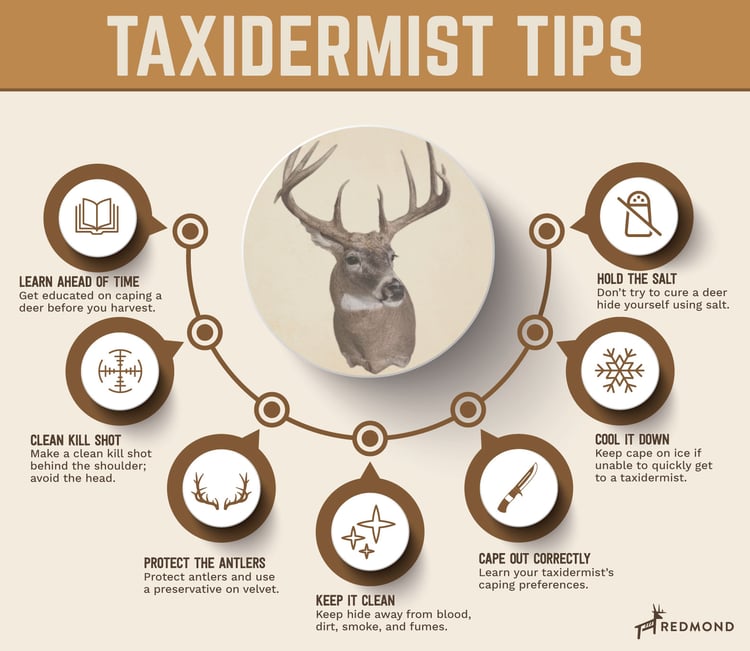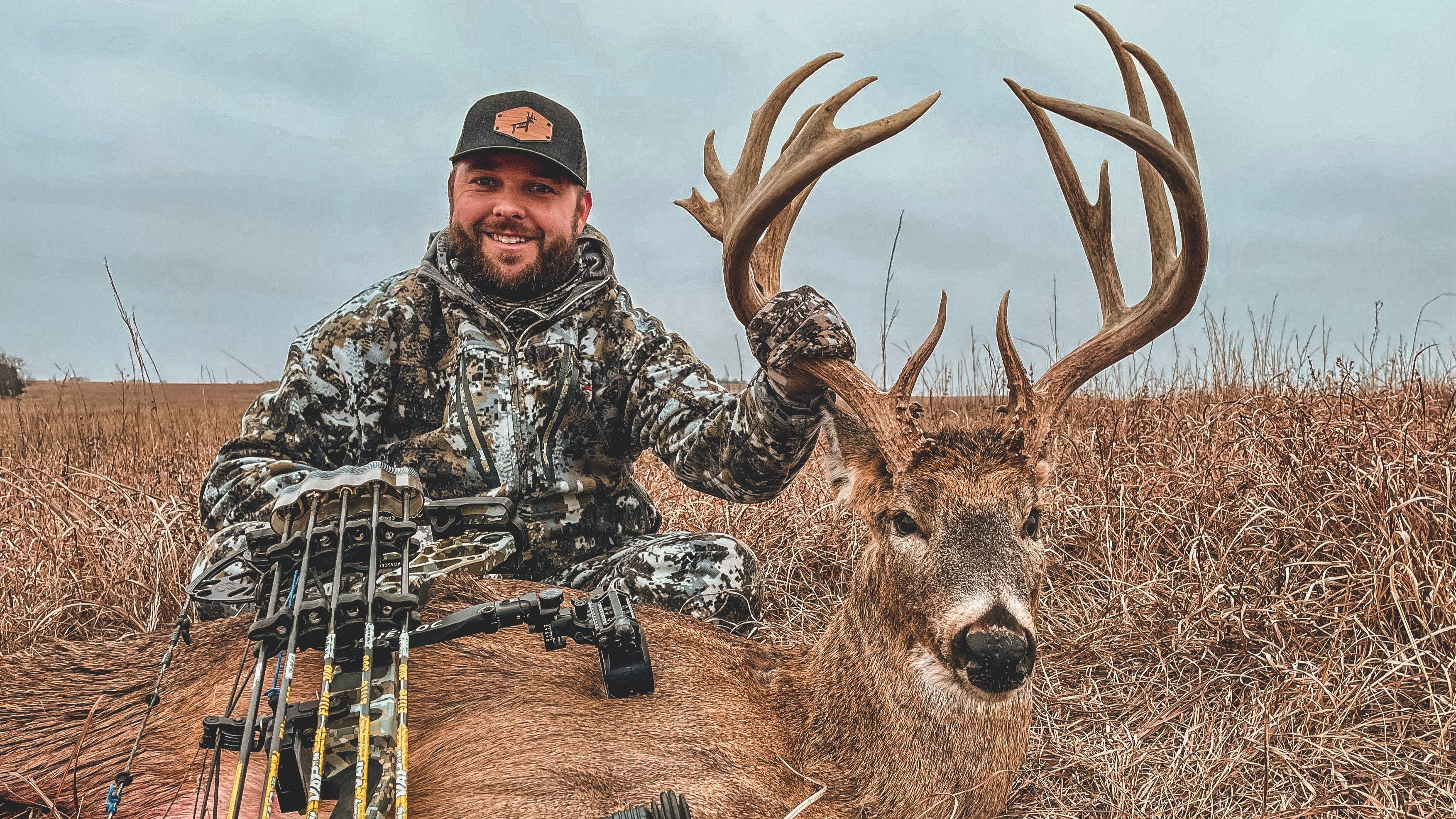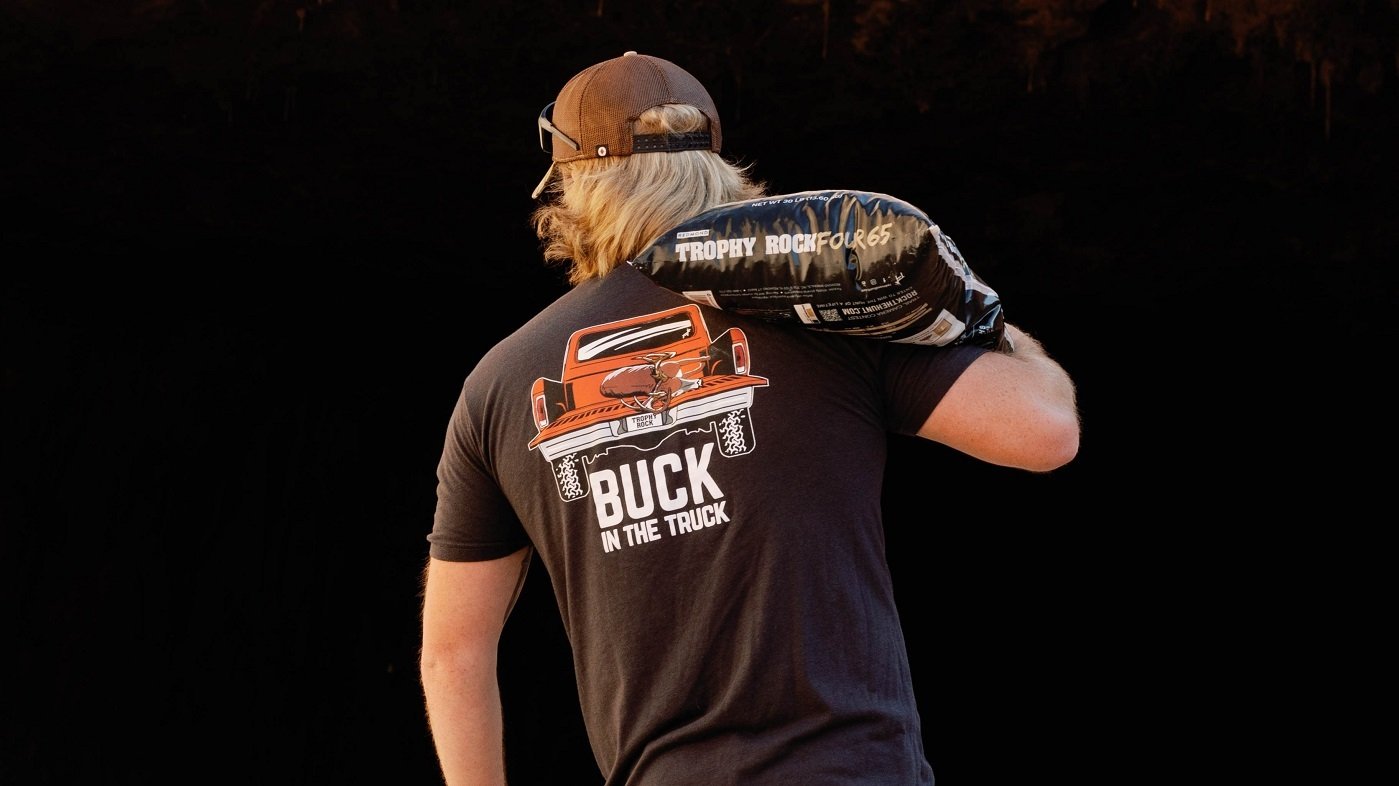Redmond Hunt Blog
Tips From a Taxidermist: How to Prep Deer for Mounting
Redmond Hunt October 26, 2023
Do you want to preserve your deer for a wall mount? These seven taxidermy tips will help you learn how to prep a deer for taxidermy and get great results.
Maybe you’re hot on the trail of a once-in-a-lifetime buck, you finally drew that elusive tag you've coveted for years, or your teen is headed on her first whitetail hunt and has her camo game face on. Whatever your motivation, wall-mounting a deer is a great way to save your animal, preserve a hunting memory, and make the moment visible to family and friends.
You’ve got the tag, a prime piece of real estate on your wall, and now you’re ready to add the trophy. What can you do to prep your deer and make sure your mount turns out incredible? We reached out to taxidermist Spencer Westlund of Westlund Taxidermy to find out. Spencer has been in business for 14 years and knows firsthand what hunters should do or avoid when prepping a mount. Let's tap into his experience.
7 Dos and Don’ts for Hunters Preparing to Wall Mount a Deer
An eye-catching mount involves more than securing a great taxidermist—although that’s a must. A big part of the prep work is in your hands. Follow these seven tips on how to prepare a deer head for mounting and you’ll be enjoying it for years to come.

1. Get Educated
If you’ve never caped out an animal (removed the skin of a deer from the shoulders to the lower neck), pick up some practical know-how before you’re in the field looking at your downed deer and wondering what to do. There are critical steps that need to be completed quickly—and in the correct way—when preparing a deer cape for mounting. Here are some helpful places to start learning:
- Video: How to Cape a Whitetail Deer for Taxidermy
- Blog: Harvest 101: How to Care for Deer After the Kill
- Taxidermist: Know a taxidermist in your neck of the woods? See if you can drop in for advice. Most will be happy to provide pointers on how to cape out and preserve your deer—especially if your animal is coming to their shop for mounting.
2. Clean Kill Shot
From an ethical standpoint, where you place a kill shot on a deer always matters—but it’s doubly important if you plan to mount. Most taxidermists can repair some holes, but if you really damage the animal, it could cost you the hide and your mount.
So, the first rule? You should not shoot a deer in the head, for obvious reasons. Take time for target practice and get comfortable making a clean shot just behind the shoulder. A high shoulder shot will kill the deer quickly and maintain the integrity of your mount. If you need to dispatch a deer after the first shot, avoid slitting the neck.
3. Mind the Antlers
Early-season hunters may get a stab at a buck with antlers still in velvet. This makes for a unique mount—but velvet is a heck of a lot harder to preserve than a hardened antler, especially as early hunts happen in warm weather. Take care of velvet antlers by following these three steps:
- Quickly get the rack on ice or in a freezer.
- Treat the rack with a preservative like Velvalok. It’s an easy spray that will buy you time, and you can pick it up at any outdoor retailer.
- Get the rack to the taxidermist ASAP.
4. Keep it Clean
If you’re dragging a deer back to camp or the truck before caping, it can be tough keeping it clean, but do your best. Drag deer by the antlers and keep the front end off the ground to preserve the condition of the hide. Better yet? Put your deer on a tarp to take the brunt of the dragging, or cape out and quarter the animal instead. Once you have the cape off, keep it clean and away from blood, dirt, and fumes.
5. Shoulder Mount Tips
A shoulder mount is the most common mount hunters choose for displaying deer. Here are a few fundamentals Westlund recommends following for how to cape deer for a shoulder mount:
- Leave plenty of cape. Before skinning, find the last rib on your deer behind the front legs, move forward one or two ribs, and begin your circle cut around the body there. This leaves plenty of hide for your taxidermist to work with.
- Tube the legs. Cut the front legs off your deer just above the knee. The hide should slide easily off without needing to make a cut up the legs.
Note: Many whitetail deer taxidermists prefer to cut down the backside of the legs rather than tube them. If possible, find out your taxidermist’s preference before caping out. - Don’t skin the face. Leave the detailed work to the expert unless you’re very sure you know how to skin the head and face. Mistakes on your deer’s mug can be nightmarish to repair.
6. Cool it Down
Heat is murder on a cape—even after it’s been skinned from the body. If you roll it up with heat still trapped in the middle, it could go rotten even on ice. Follow these four tips to cool your cape down quickly and get better results:
- Hang the cape by the antlers and air it out in a cool, dry place for at least 20 minutes.
- Make sure it’s cool to the touch before rolling or folding.
- Don’t leave chunks of meat on the skin that bacteria can grow on.
- If it’s above 40 degrees, get your aired cape on ice quickly. Roll it, double wrap it in plastic bags, and lay the hide on top of ice in a cooler; don’t let it become submerged in water. This will preserve the hide for a day or two until you can get it to the taxidermist. If you need to keep the cape longer, put it in the freezer in a confined space.
7. Hold the Salt
Salting a deer hide pulls out moisture from the skin and cures it before the tanning process. While some hunters may be savvy enough to cure the hide themselves, most taxidermists prefer you don’t. Do it wrong and you risk ruining your cape. So, resist the temptation and leave the salty work to the taxidermist.
Preserve the Memory
You’re now ready to bring in your trophy buck and fill that place of honor on your wall! Following these seven tips will help you prep and preserve your animal, create an incredible deer head wall mount, and capture an unforgettable memory. And in the end, isn’t that the most important thing to remember? You’re preserving a memory, not just a mount.
“It’s a lifetime memory,” Westlund said. “That deer is going to hang on your wall forever. When friends and family come to visit, your mount and that hunting memory are there. In 20 years from now, you’ll look at it and still remember the experience clearly because you’re seeing it every day on your wall.”
Did you know Redmond sells natural deer attractants and mineral licks to help you attract, hold, and harvest your next trophy buck? Click below to visit our store and shop all of our super-effective Trophy Rock products.
© Redmond Hunt 2023. All rights reserved.



.jpg)
